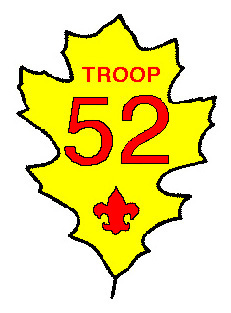 Climbing Merit Badge Outline
Climbing Merit Badge Outline Climbing Merit Badge Outline
Climbing Merit Badge OutlineSections are based on 30 to 45 minute sessions.
a) One strike your out2) General equipment and Storage and Care
b) Safety first
c) Instructors only give permission to climb or repel
a) Ropes3) Categories of climbing
b) Harness
c) Helmet
d) Shoes
e) Carabineers
f) Braking devices
g) Ascenders
h) Aide
a) Top Roping4) Detail of first four points of Climb On Safety
b) Repelling
c) Belaying
d) Lead Climbing
e) Free Climbing
f) Aid Climbing
a) Qualified Supervision
b) Discipline
c) Physical Fitness d) Safe Area
1) Review of first four points of Climb On Safety
2) Second four points of Climb On Safety
a) Top Roping
b) Repelling
c) Belaying
d) Lead Climbing
e) Free Climbing
f) Aid Climbing 4) Commands for:
a) Climbing/belaying
b) Repelling/belaying
c) Bouldering/spotters
5) Importance of belayers / spotters
6) Knots
a) Figure Eight
b) Figure Eight Follow Through
c) Figure Eight On a bite
d) Water Knot
e) Double fisherman's knot (Grapevine knot)
1) Review Climb on Safety
2) Rope
a) Describe the kind of rope acceptable for use in climbing and rappelling.3) first aid for injuries or illnesses that may occur during climbing activities,
b) Show how to examine a rope for signs of wear or damage.
c) Discuss ways to prevent a rope from being damaged.
d) Explain when and how a rope should be retired.
e) Properly coil a rope.
1) Review Climb on Safety
2) Scouts Demonstrate
a) Knots3) Explain how to set up Top Rope & Belay.
b) Ropes
c) Coil
d) Check / Retire
e) Commands
f) Storage
g) Categories
h) Putting on Harness